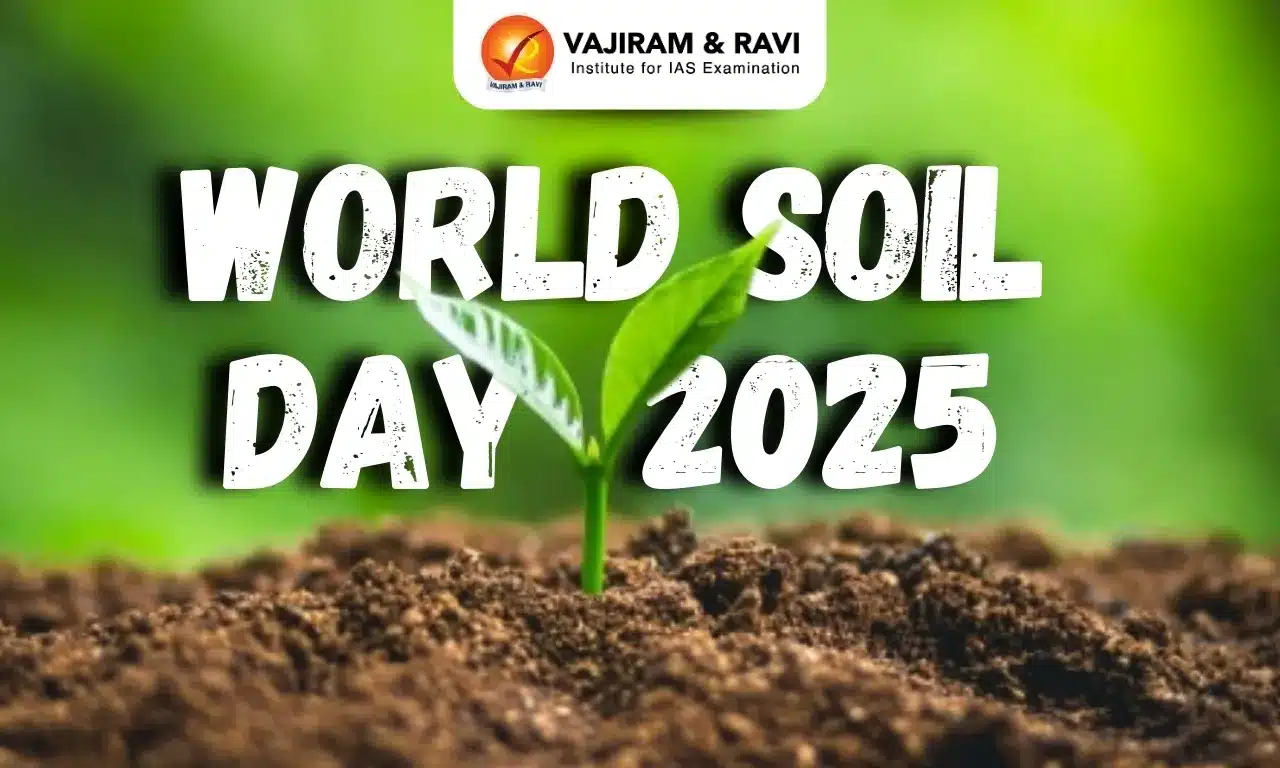About Namaqualand:
- It is a desert region of southwestern Africa.
- From north to south, it stretches from the Karas region of Namibia to the Northern Cape province of South Africa.
- From west to east, it stretches from the Namib Desert to the Kalahari.
- It covers an area of 400,000 square kilometres.
- The Namibian section, north of the Orange River, is sometimes called Great Namaqualand.
- The South African section, south of the Orange River, is sometimes called Little Namaqualand.
- It is very dry. For a large part of the year succulents are almost the only plants that can be seen on the vast plains.
- Succulents can hold water for long periods and can survive in droughts.
- Rain falls mostly in the winter. If there is enough rain, wildflowers cover Namaqualand for a few weeks during springtime.
- The area was traditionally inhabited by the Nama people before the German occupation of the region in the 19th century.
- There are large deposits of copper in Namaqualand. The Nama mined them for hundreds of years.
- In the early 1900s diamonds were discovered in several places in Namaqualand, including Sperrgebiet in Namibia and the Richtersveld in South Africa.
What are Termites?
- Termites are insects that eat wood.
- They can damage buildings, furniture, and other wooden items.
- Termites are found all around the world, and there are more than 2,000 species. However, they are most common in tropical rainforests.
- Termites build damp nests in wood or underground.
- Some underground nests rise partly above the ground as mounds or towers.
- The nests are made of dirt, clay, and chewed wood.
- Termites live in organized groups called colonies. Mature termite colonies can contain 60,000 to 1 million termites, depending on the type of termite colony.
- Each colony has three kinds of termites: royalty, soldiers, and workers.
- Each kind of termite has a certain job within the colony.
- Termites also help nature by breaking down dead wood into nutrients. The nutrients can then be recycled and used by bacteria and plants.
Q1: Where is the Kalahari Desert?
The Kalahari Desert is a vast interior plateau, covering a large portion of southern Africa, encompassing almost all of Botswana, approximately one third of neighboring Namibia and a large portion of the Northern Cape province of South Africa to the south. Receiving less than 250 mm of rainfall per year, the Kalahari region is a desert, characterized by a landscape of gently undulating topography at approximately 900 meters above sea level.
Source: “Astonishing” Discovery – 34,000-Year-Old Inhabited Termite Mounds Discovered in South Africa
Last updated on November, 2025
→ Check out the latest UPSC Syllabus 2026 here.
→ Join Vajiram & Ravi’s Interview Guidance Programme for expert help to crack your final UPSC stage.
→ UPSC Mains Result 2025 is now out.
→ UPSC Notification 2026 is scheduled to be released on January 14, 2026.
→ UPSC Calendar 2026 is released on 15th May, 2025.
→ The UPSC Vacancy 2025 were released 1129, out of which 979 were for UPSC CSE and remaining 150 are for UPSC IFoS.
→ UPSC Prelims 2026 will be conducted on 24th May, 2026 & UPSC Mains 2026 will be conducted on 21st August 2026.
→ The UPSC Selection Process is of 3 stages-Prelims, Mains and Interview.
→ UPSC Result 2024 is released with latest UPSC Marksheet 2024. Check Now!
→ UPSC Prelims Result 2025 is out now for the CSE held on 25 May 2025.
→ UPSC Toppers List 2024 is released now. Shakti Dubey is UPSC AIR 1 2024 Topper.
→ UPSC Prelims Question Paper 2025 and Unofficial Prelims Answer Key 2025 are available now.
→ UPSC Mains Question Paper 2025 is out for Essay, GS 1, 2, 3 & GS 4.
→ UPSC Mains Indian Language Question Paper 2025 is now out.
→ UPSC Mains Optional Question Paper 2025 is now out.
→ Also check Best IAS Coaching in Delhi

















